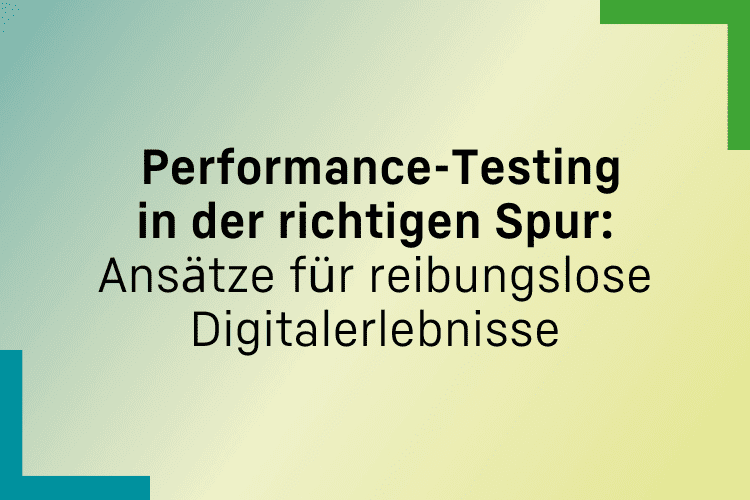by Aseel Al-Dabbagh
Share
by Aseel Al-Dabbagh

Performance testing is vital to connecting users to services, because it ensures that the digital pathways remain open, efficient, and smooth. Validating an application’s speed, stability, and scalability under a variety of conditions ensures a seamless experience for users. So let’s think about what’s important to this kind of testing, how it is used, and what the challenges and best practices look like.
Why Performance Testing?
You’re driving out of town on vacation. But when you’re not sitting in a traffic jam, you’re dodging potholes, or following detours around construction. We all know what that feels like. Slow loading times, crashes under high traffic, and sluggish response rates are the potholes and bottlenecks of digital highways. Performances testing helps developers identify and fix these issues before they affect the end-user experience, ensuring the application can handle the demands of real-world use.
Before we can go on vacation, we need to understand these types, challenges, and best practices of performance testing.
Types of Performance Testing
- Load Testing: Measures how the application behaves under expected user loads, focusing on response times, resource utilization, and throughput rates.
- Stress Testing: Determines the application’s limits by gradually increasing the load or volume of transactions until it breaks, identifying the breaking point and how the system recovers from failure.
- Endurance Testing: Evaluates the application’s performance over an extended period, ensuring it can handle sustained use without degradation.
- Scalability Testing: Assesses whether the application can scale up in response to increased load, identifying the optimal point of scalability while maintaining performance.
- Spike Testing: Examines the application’s reaction to sudden, large spikes in load, such as during a flash sale or a viral social media event.
Common Challenges in Performance Testing
- Realistic Environment Simulation: Mimicking the exact hardware, software, and network configurations of a production environment can be complex and costly.
- Test Data Management: Generating sufficient and realistic test data that closely mimics live operational data without compromising security or privacy.
- Identifying Performance Bottlenecks: Pinpointing the exact cause of performance issues can be like finding a needle in a haystack, requiring in-depth analysis and often, trial and error.
- Keeping Up with Technology: As technology evolves, so do the tools and methodologies for performance testing, necessitating continuous learning and adaptation by testing teams.
Best Practices for Effective Performance Testing
- Early and Continuous Testing: Integrate performance testing early in the development cycle and continue it regularly, allowing for the early detection and correction of performance issues.
- Define Clear Performance Goals: Establish specific, measurable, achievable, relevant, and time-bound (SMART) performance criteria based on business requirements and user expectations.
- Use Realistic Testing Scenarios: Simulate real-world user behavior and load patterns as closely as possible to ensure the findings are relevant and actionable.
- Monitor and Measure Broadly: Beyond just response times, monitor a range of metrics such as CPU and memory usage, database performance, and network latency to get a holistic view of application performance.
- Leverage Cloud-Based Testing Tools: Cloud platforms offer scalability, flexibility, and cost-effectiveness, enabling teams to simulate a wide range of testing scenarios without heavy investment in infrastructure.
The Road Ahead
Digital experiences – like vacations – continue to evolve in the competition to attract customers. The role of performances testing is becoming more critical in delivering seamless, efficient, and enjoyable user experiences. By embracing a comprehensive and proactive approach to performance testing, organizations can ensure their digital highways are ready to handle the traffic of today and tomorrow, paving the way for successful digital journeys.
In the end, performance testing is not just about preventing slowdowns and crashes; it’s about building trust and satisfaction among users, ensuring that every digital interaction is smooth, responsive, and, above all, enjoyable. Welcome to the fast lane of the digital world, where performance testing ensures every journey is a smooth ride.




